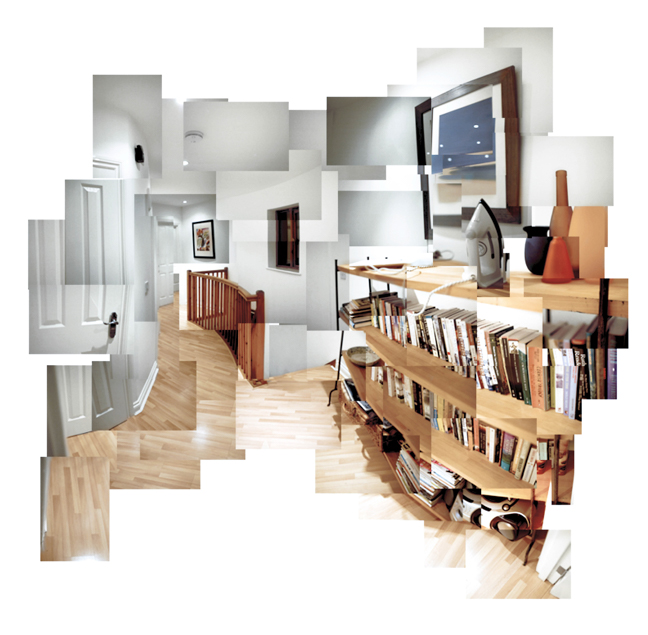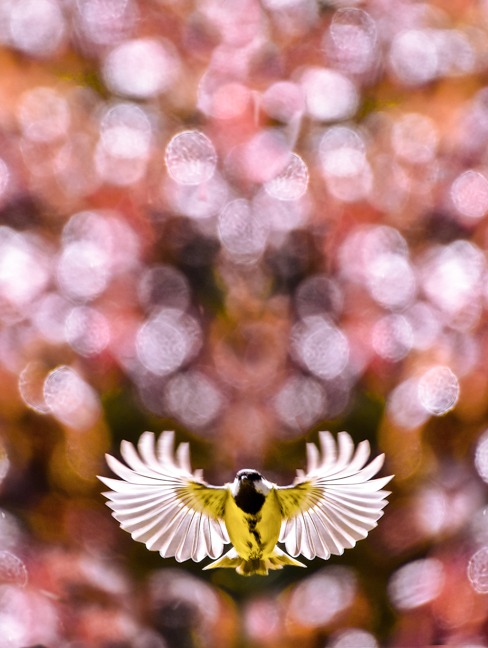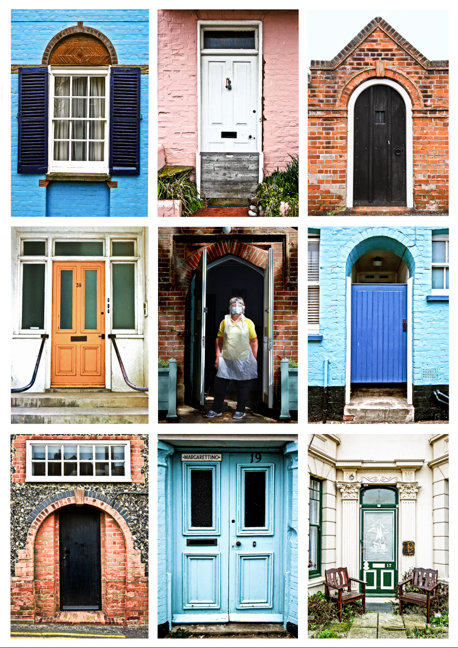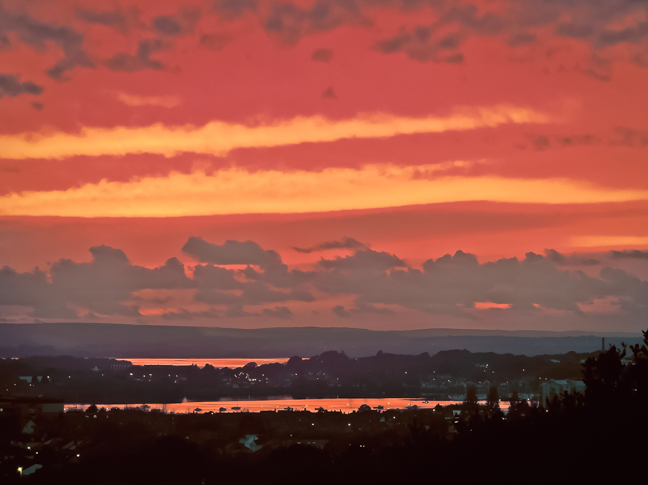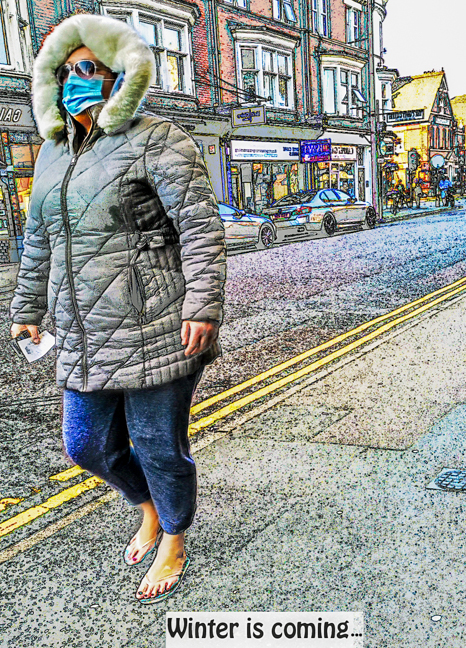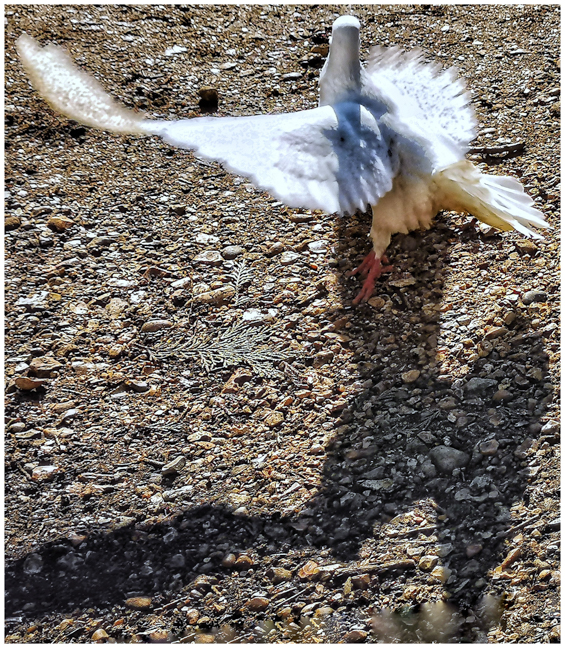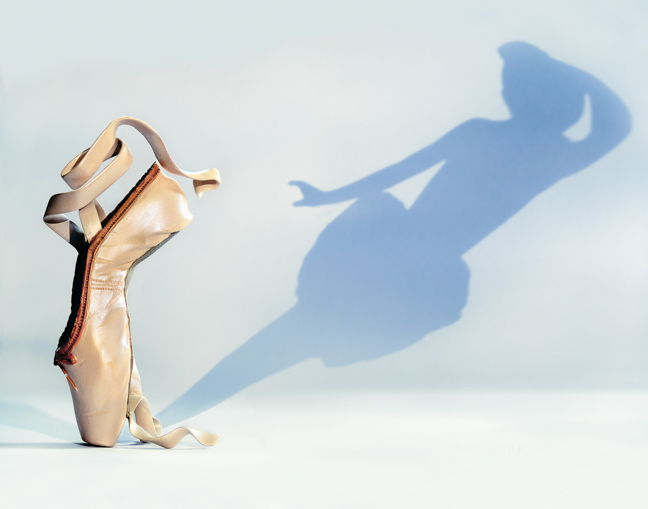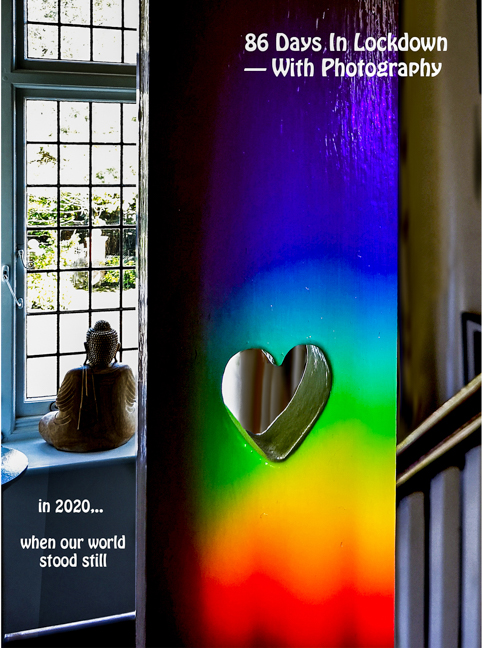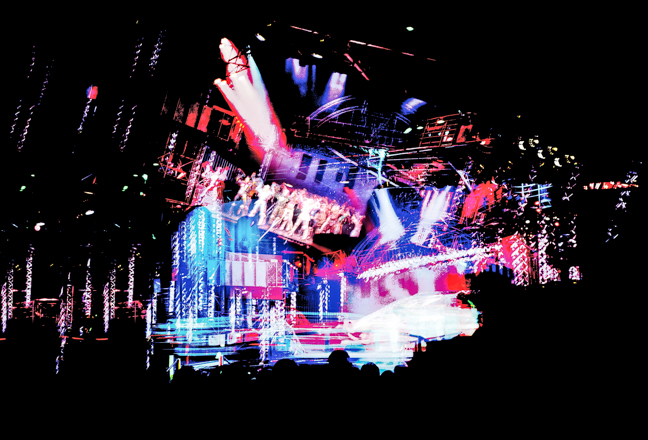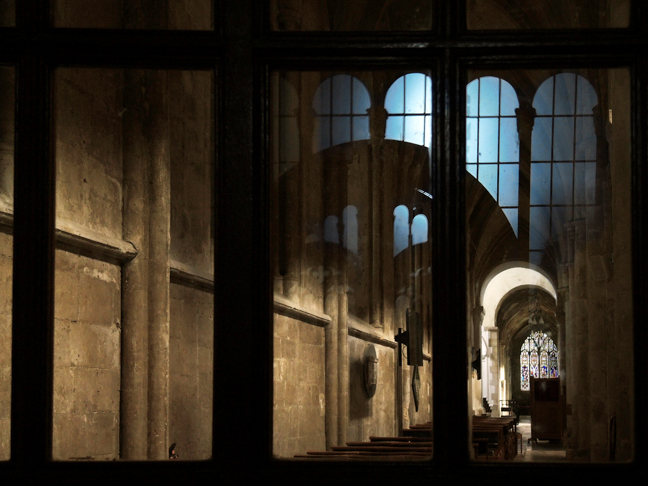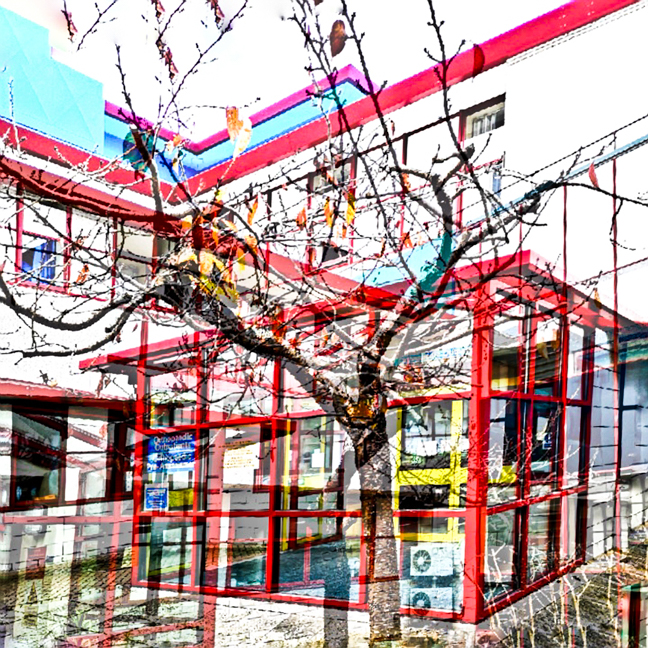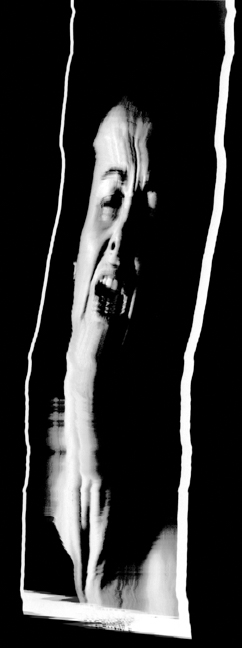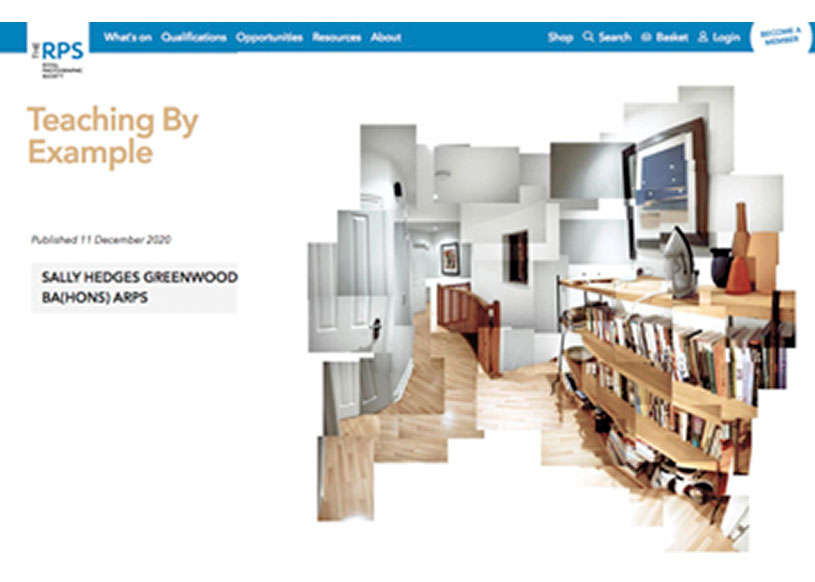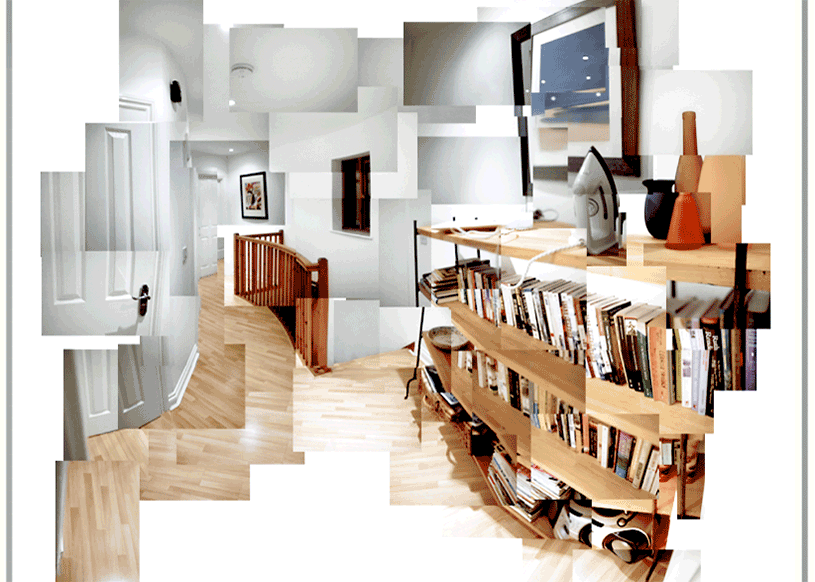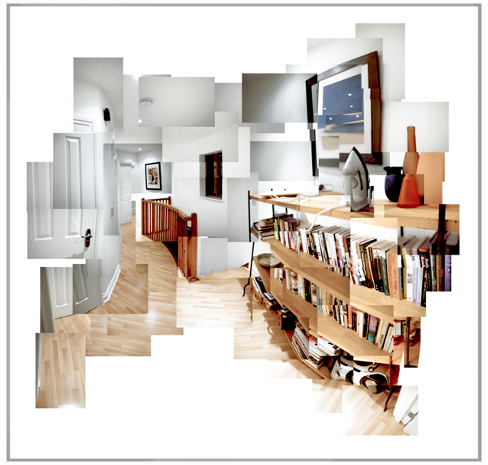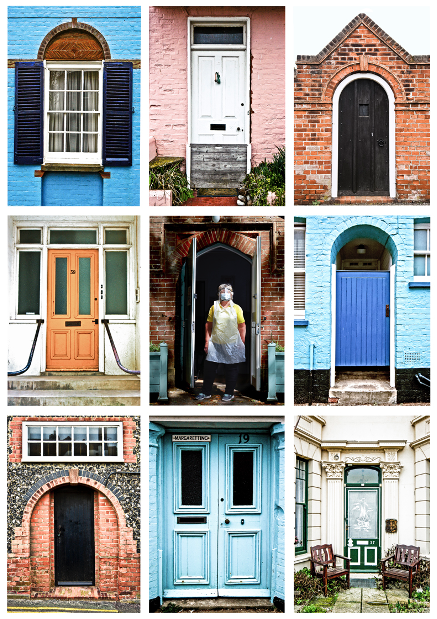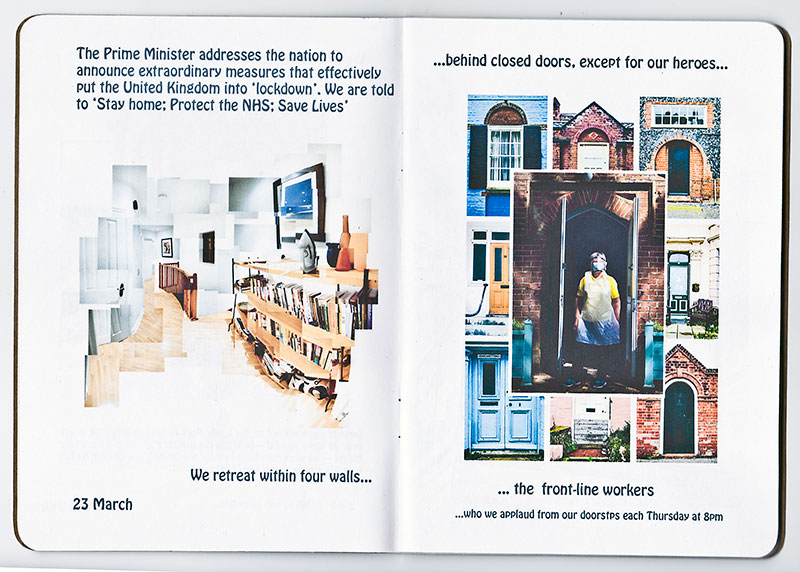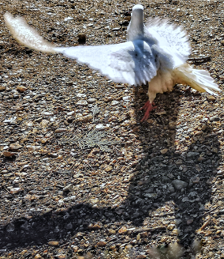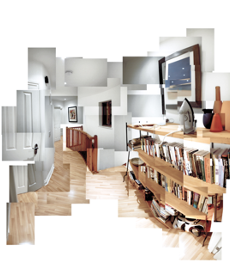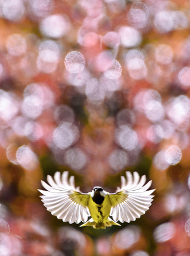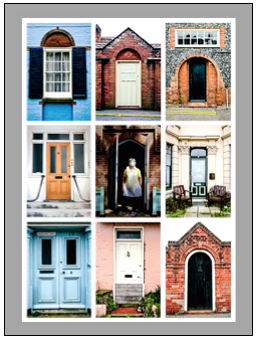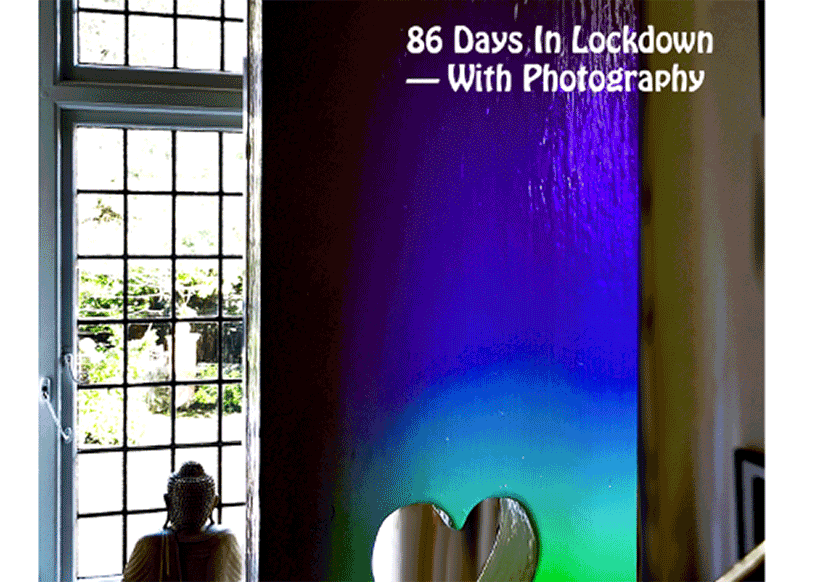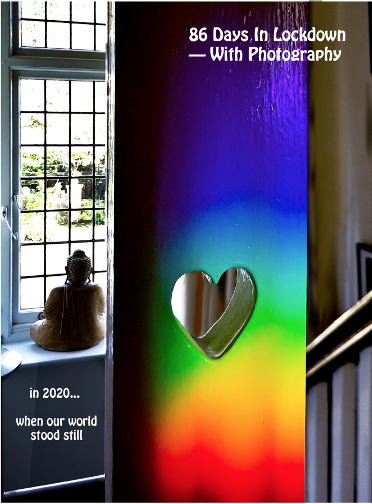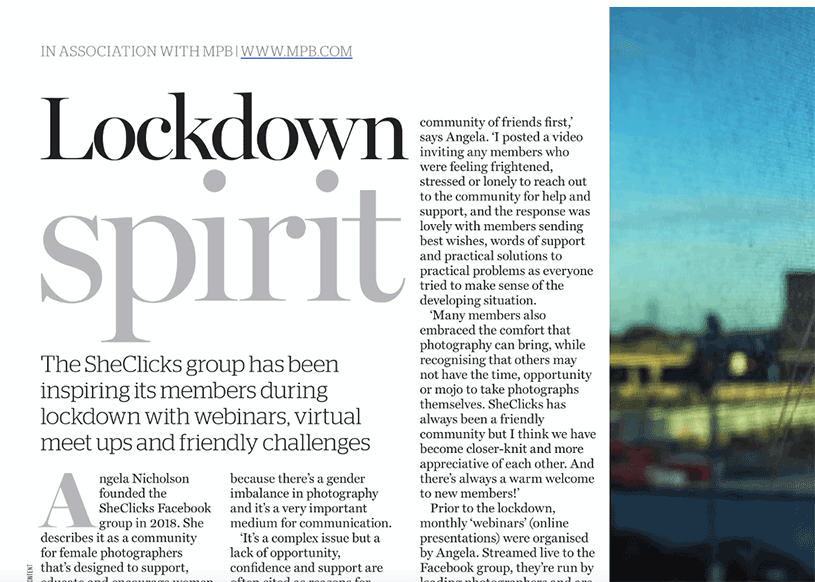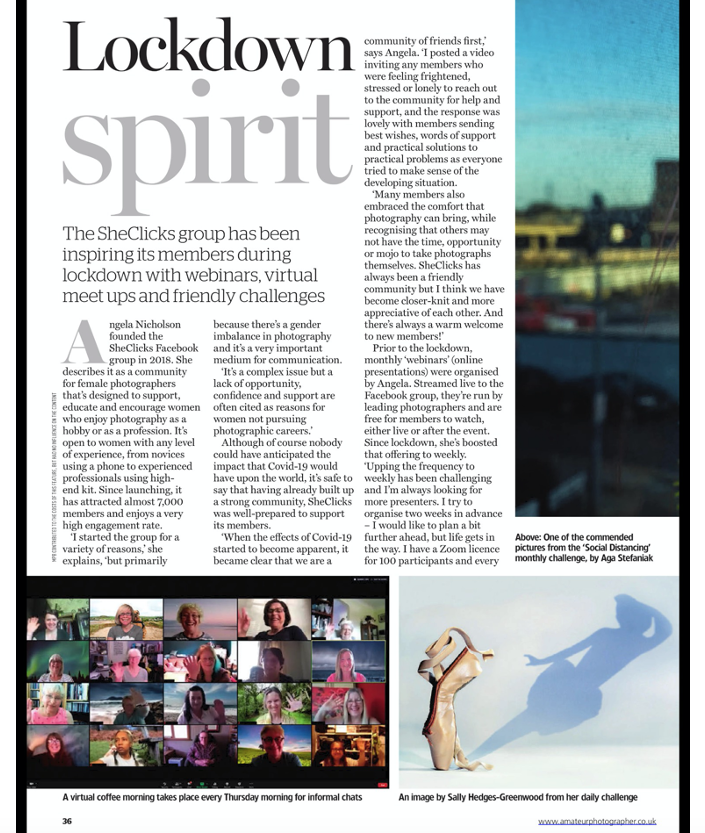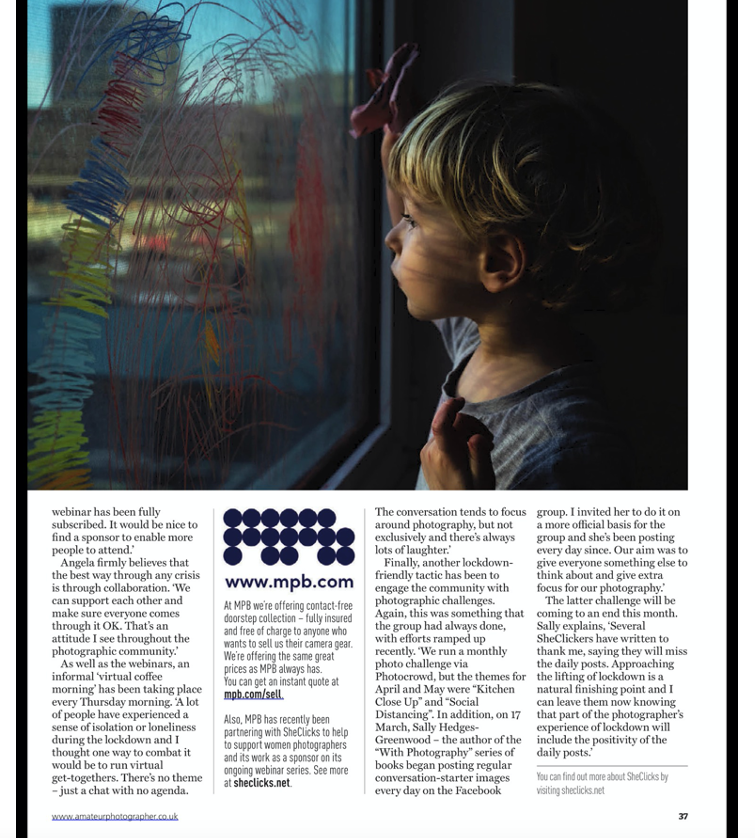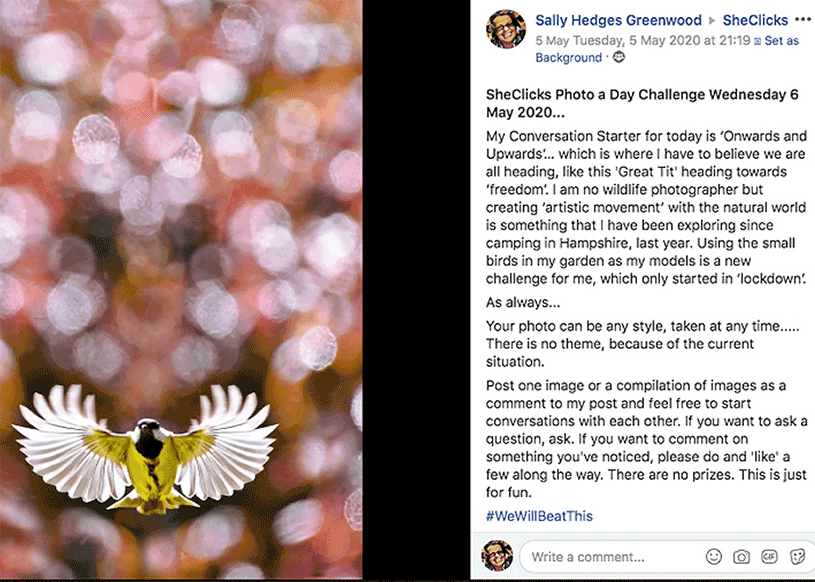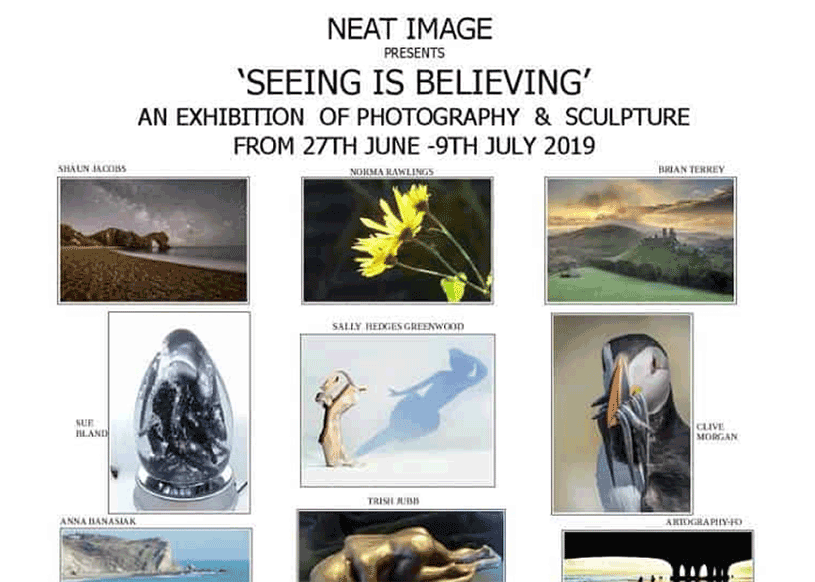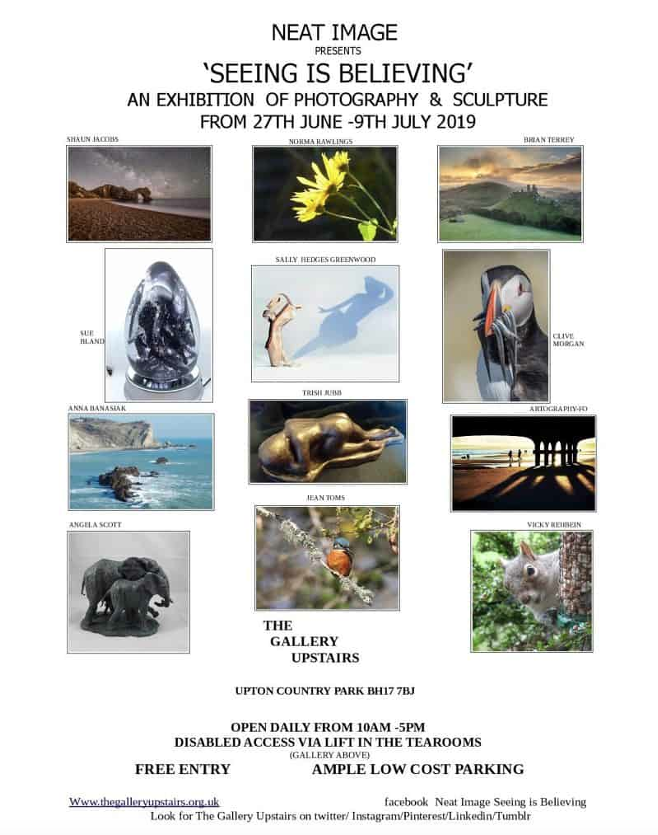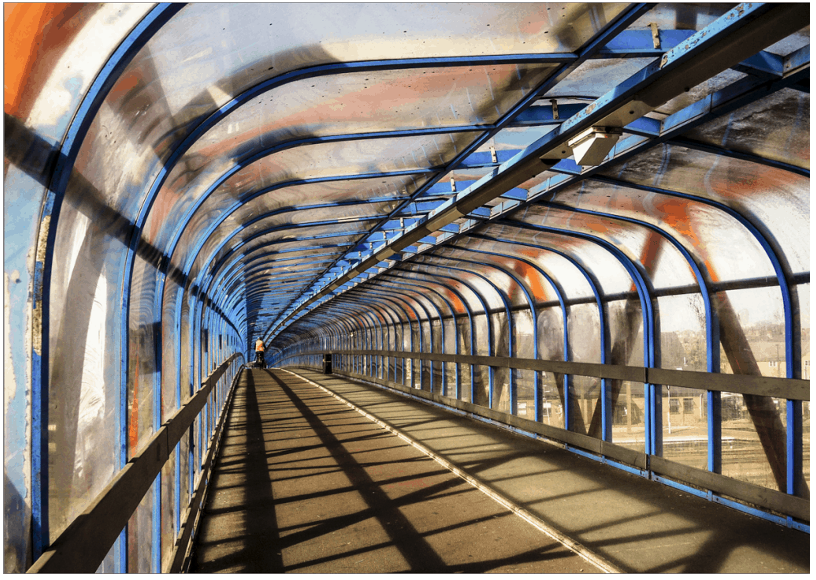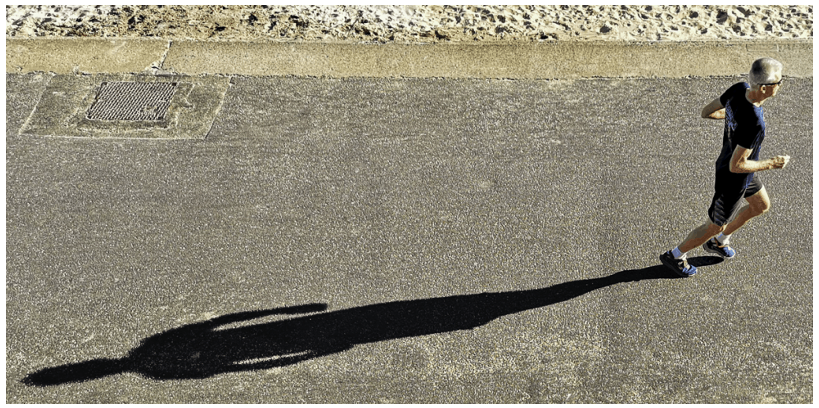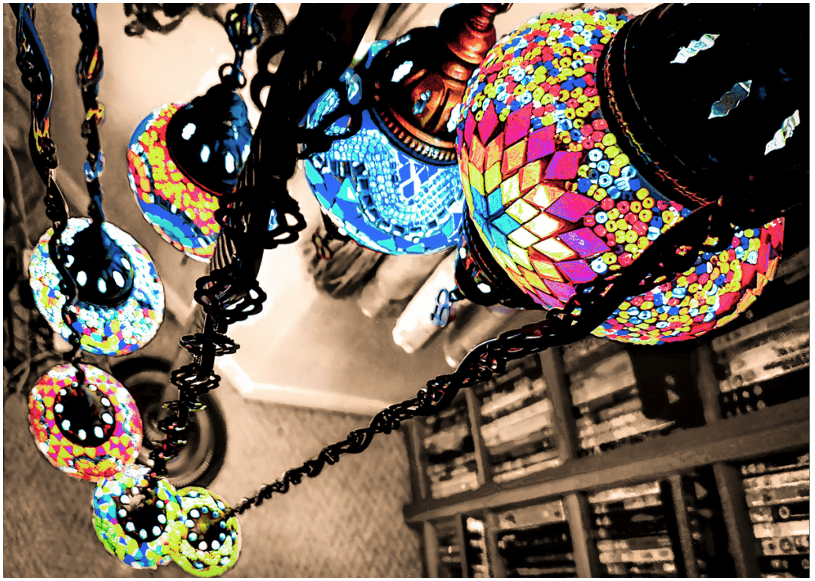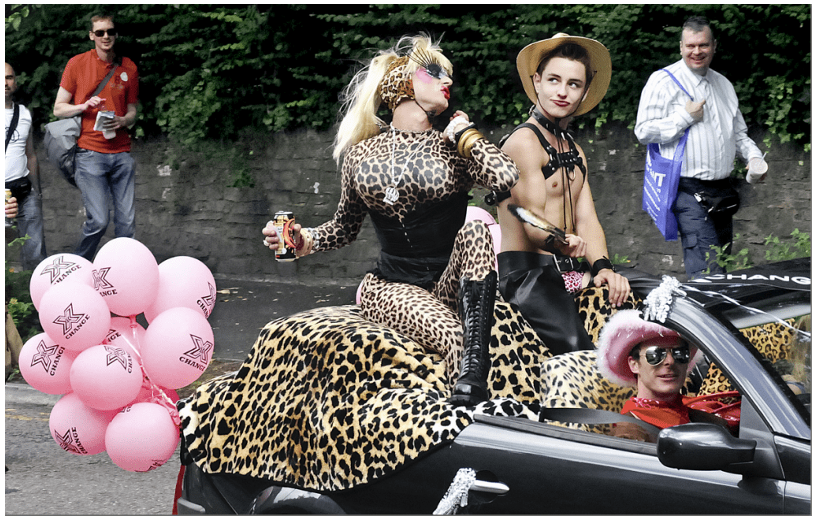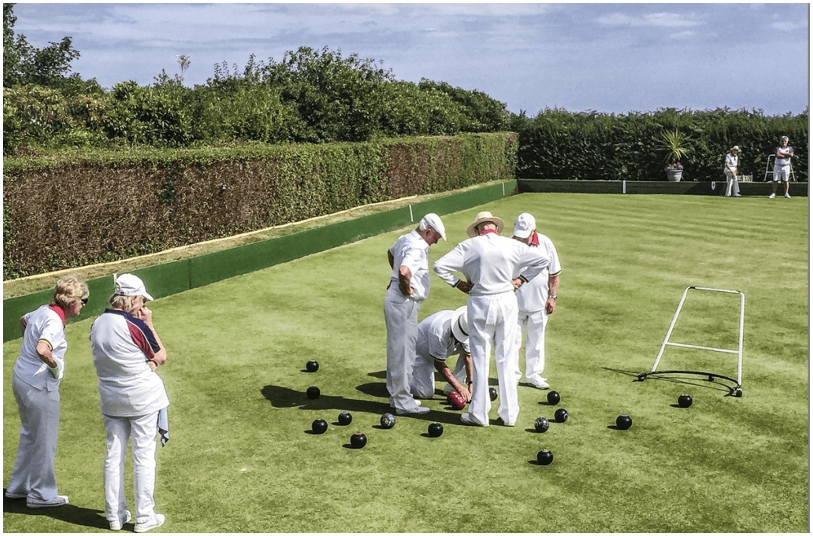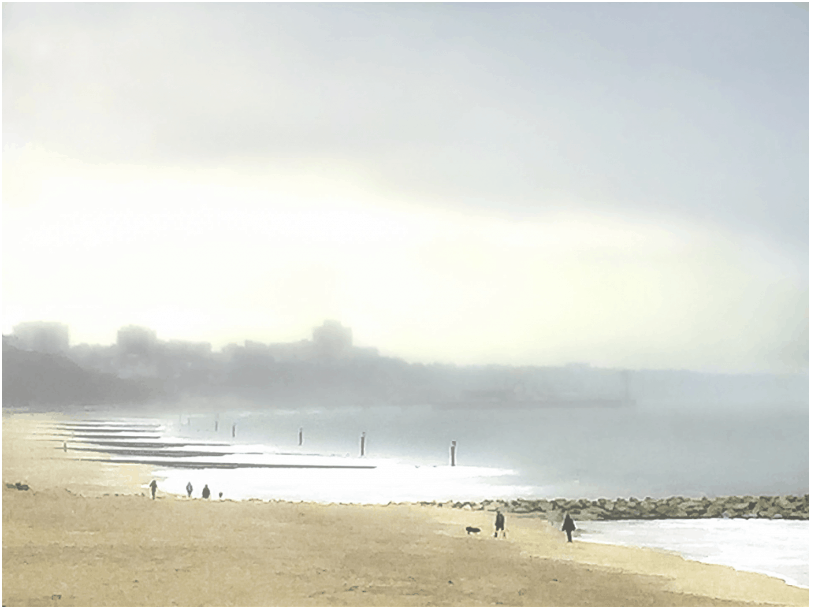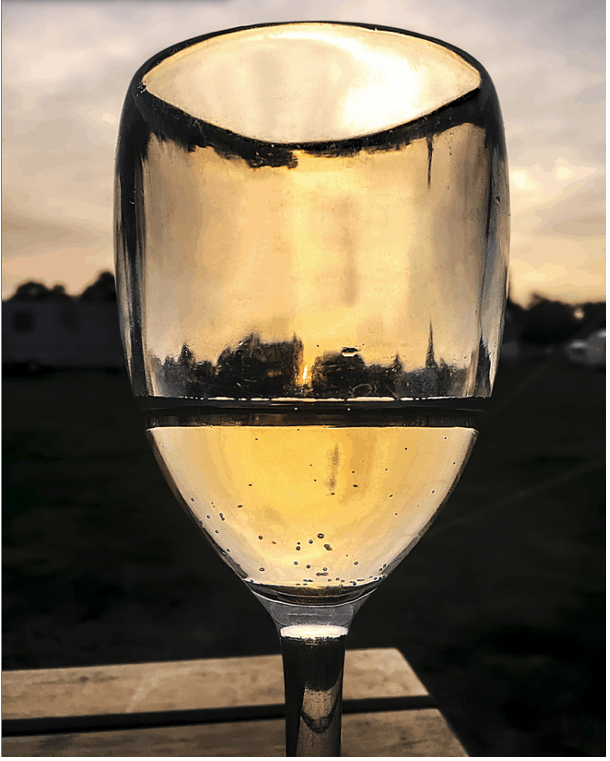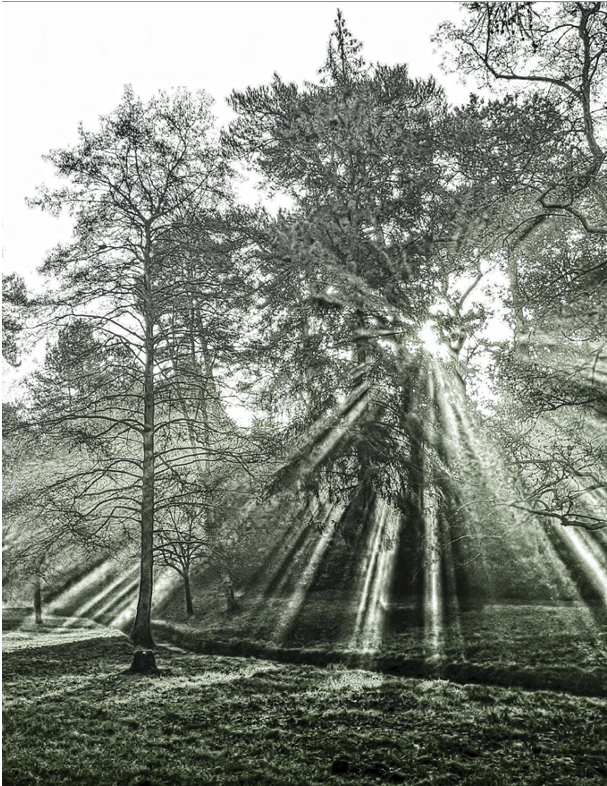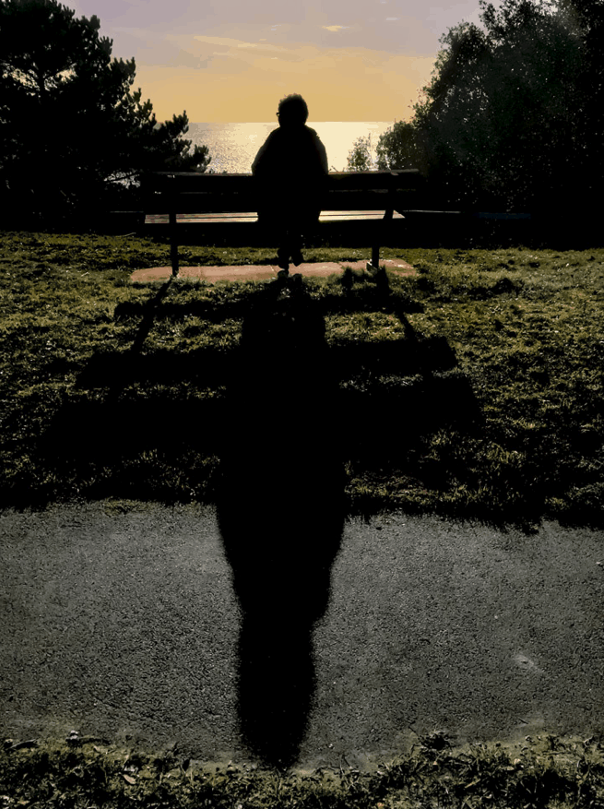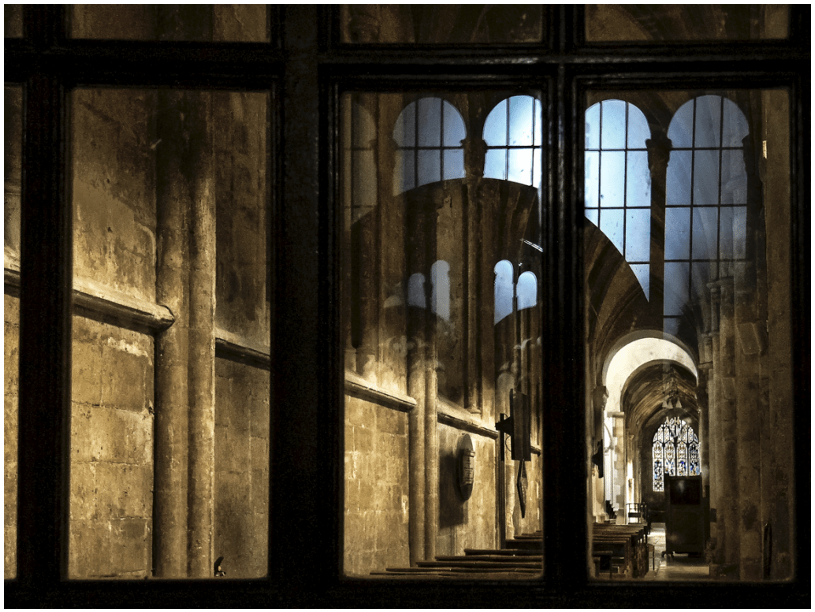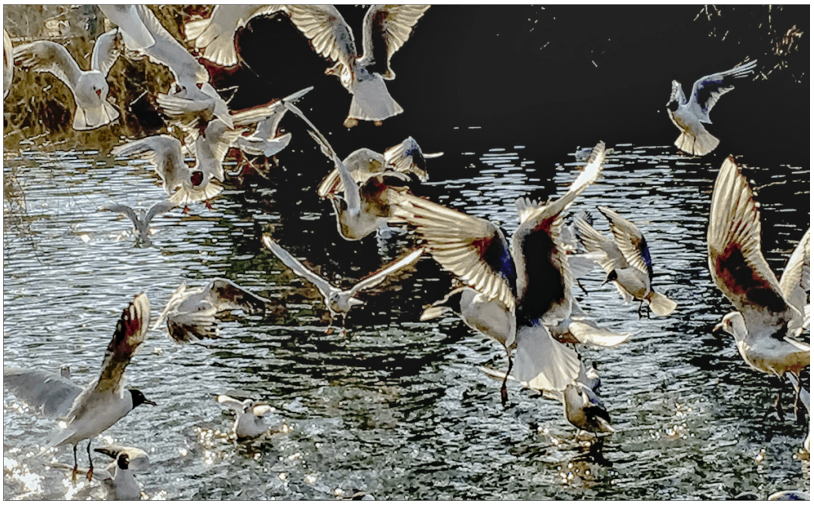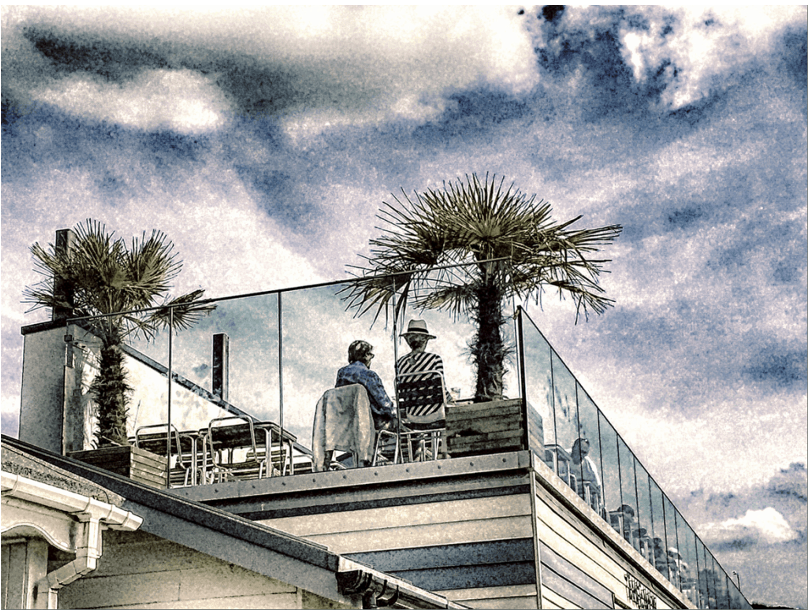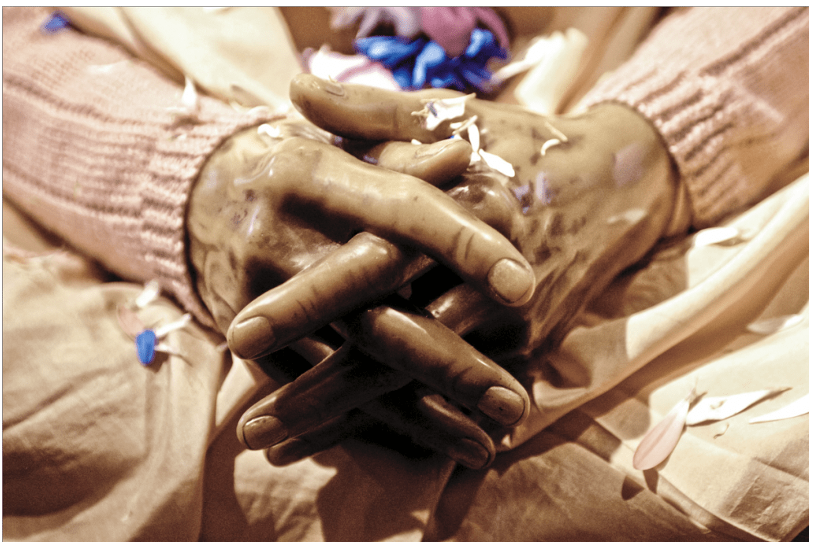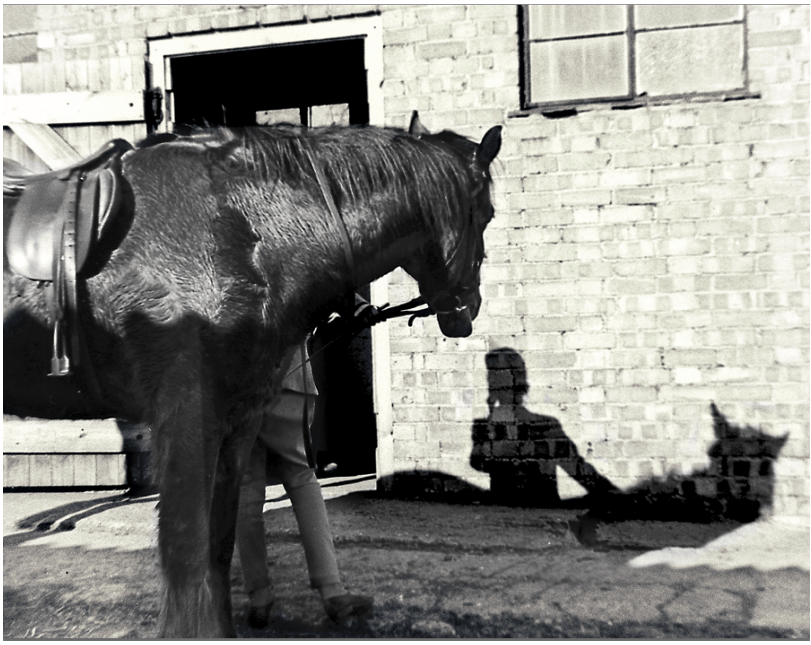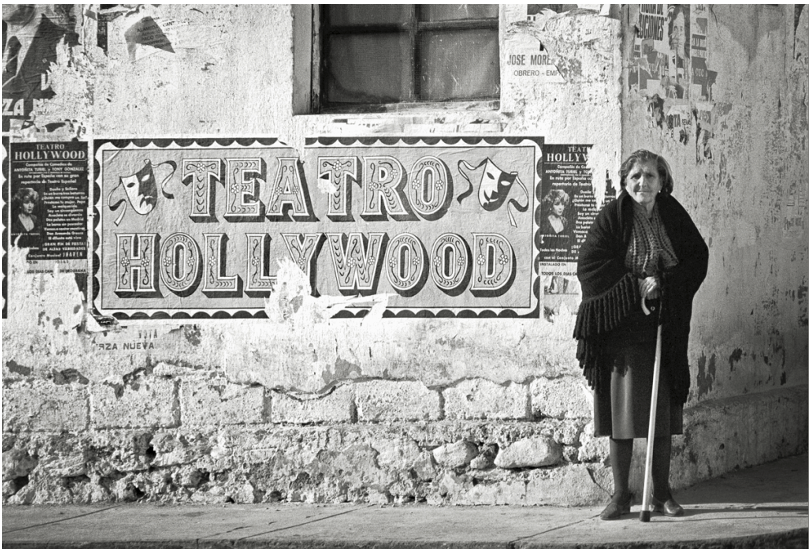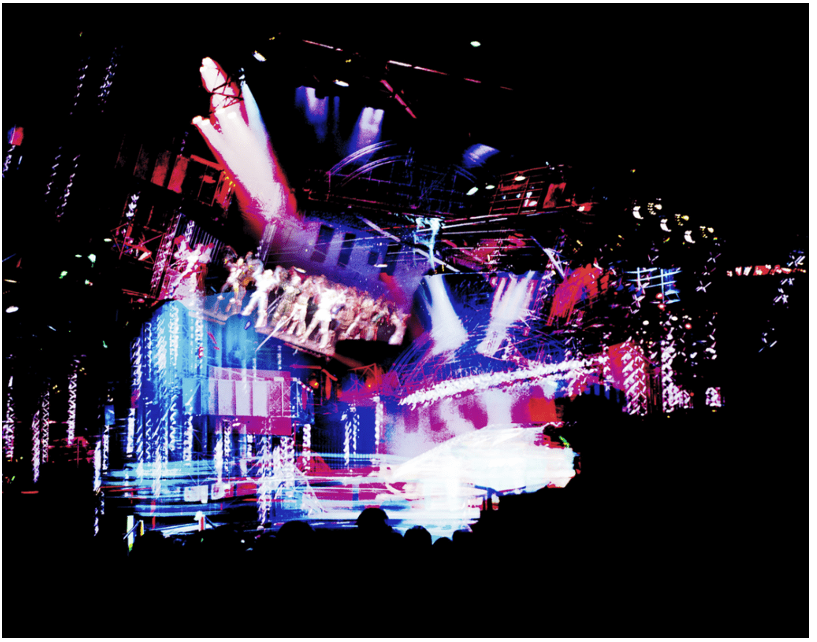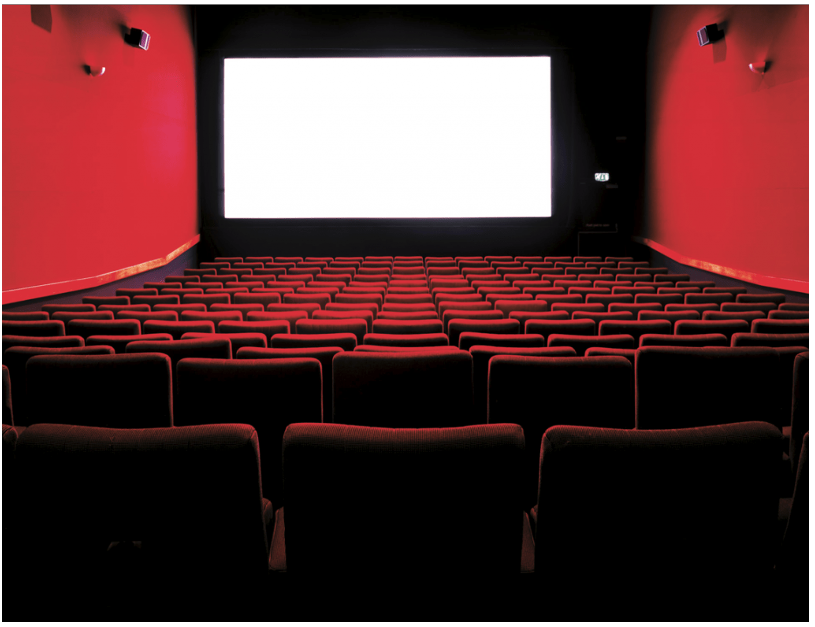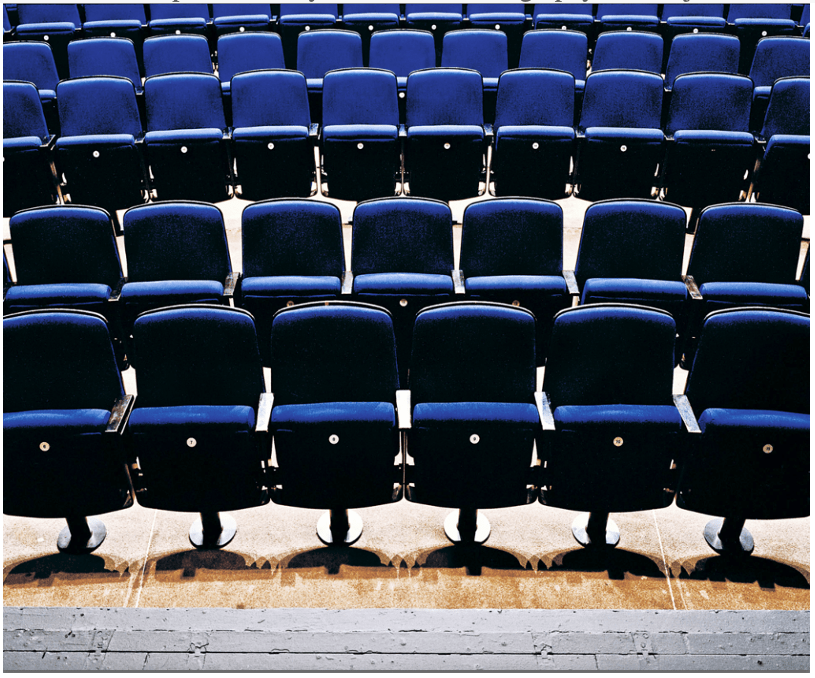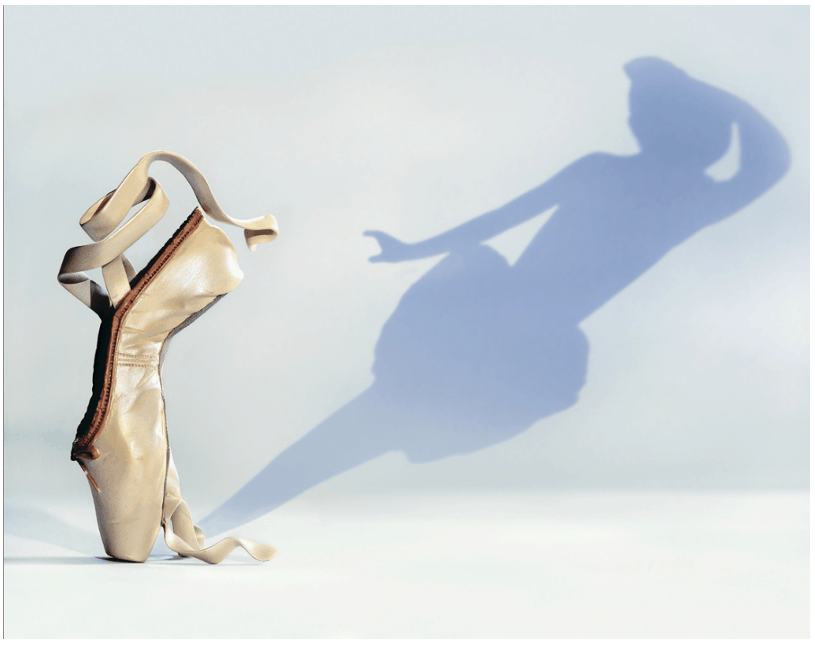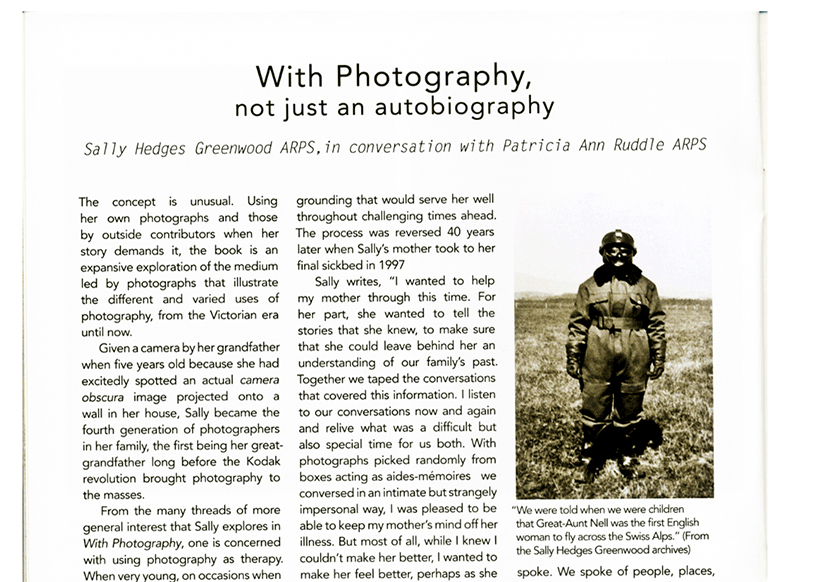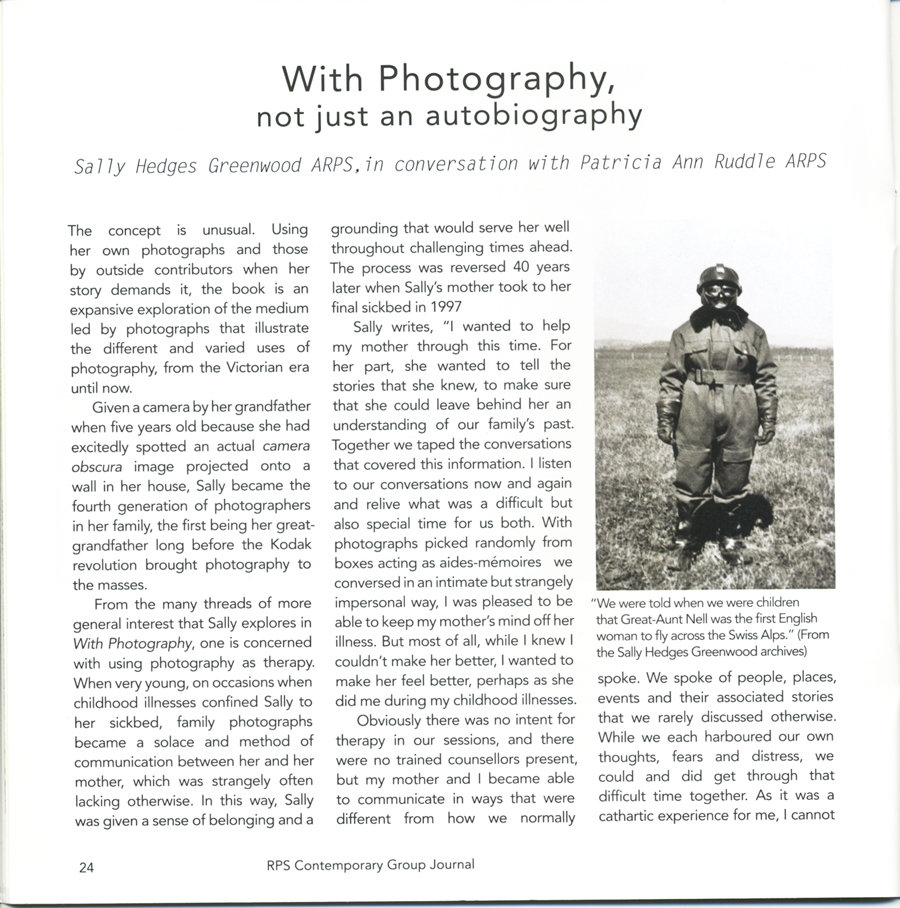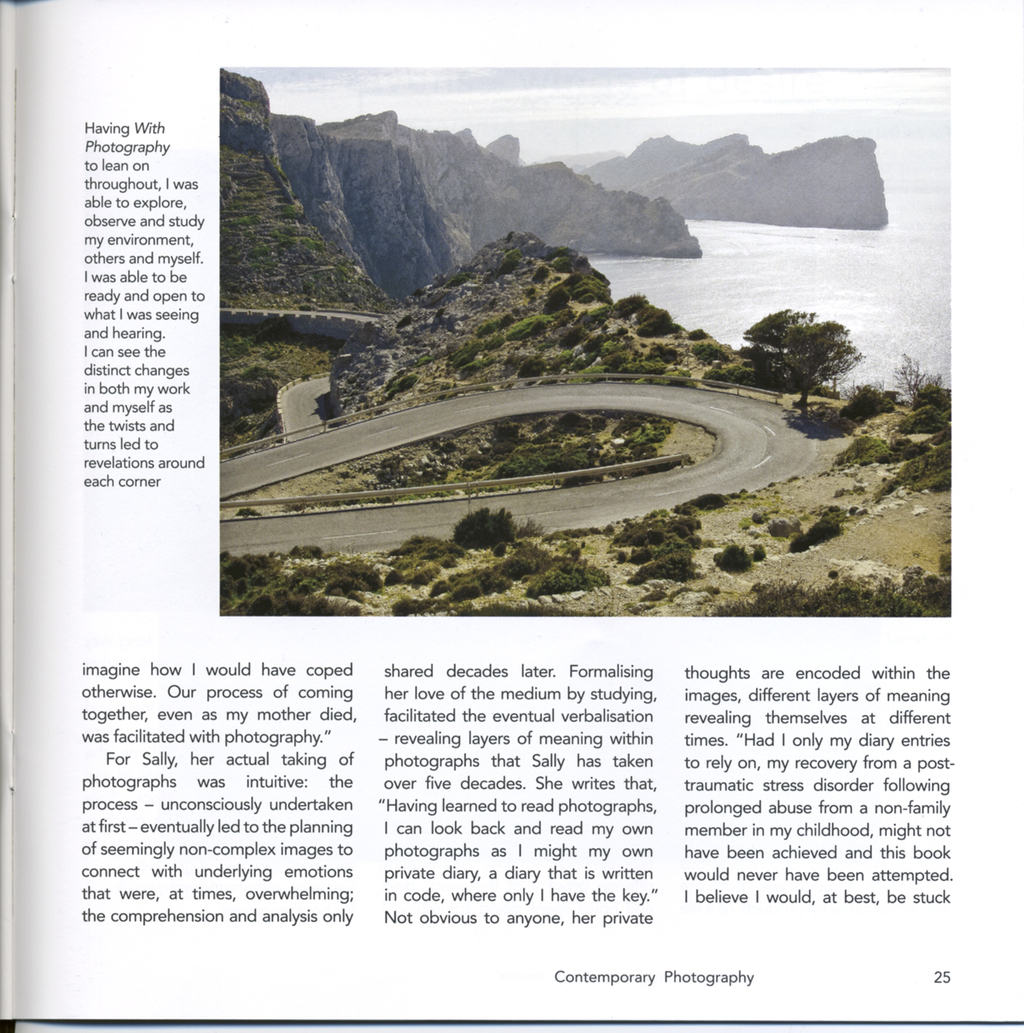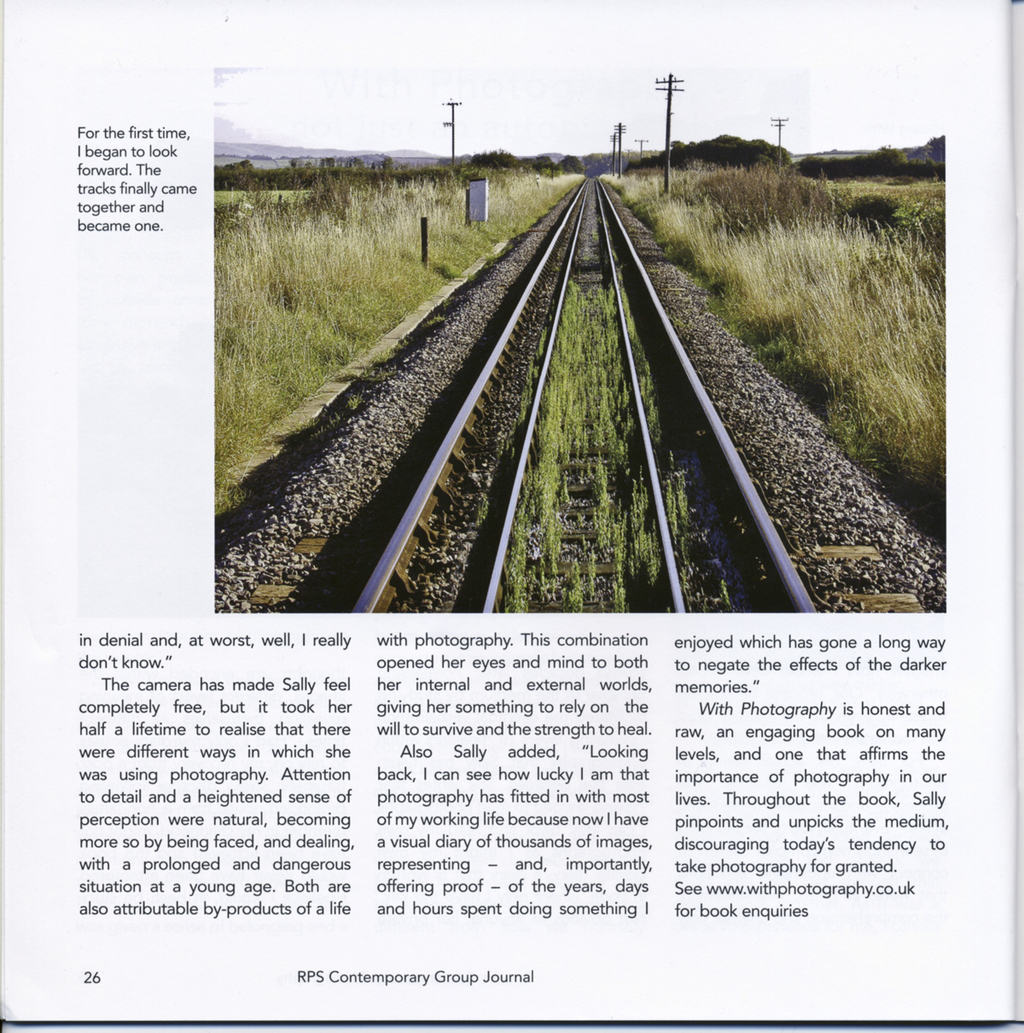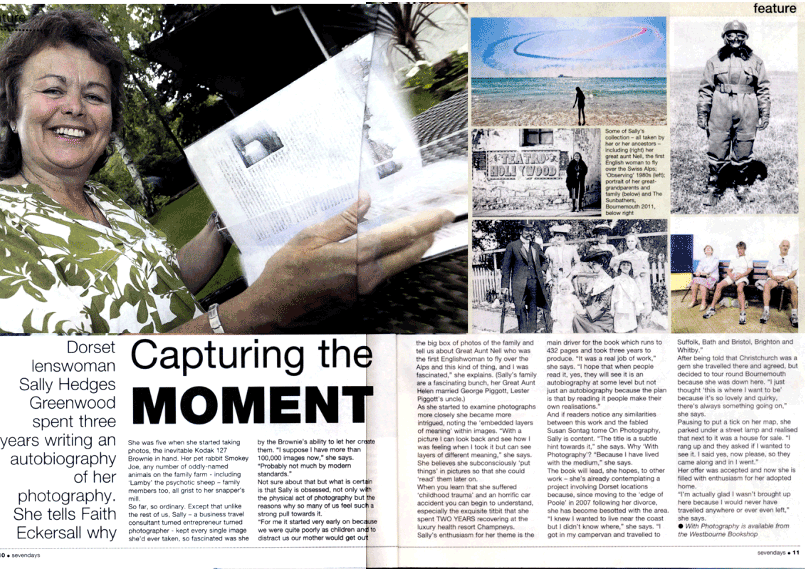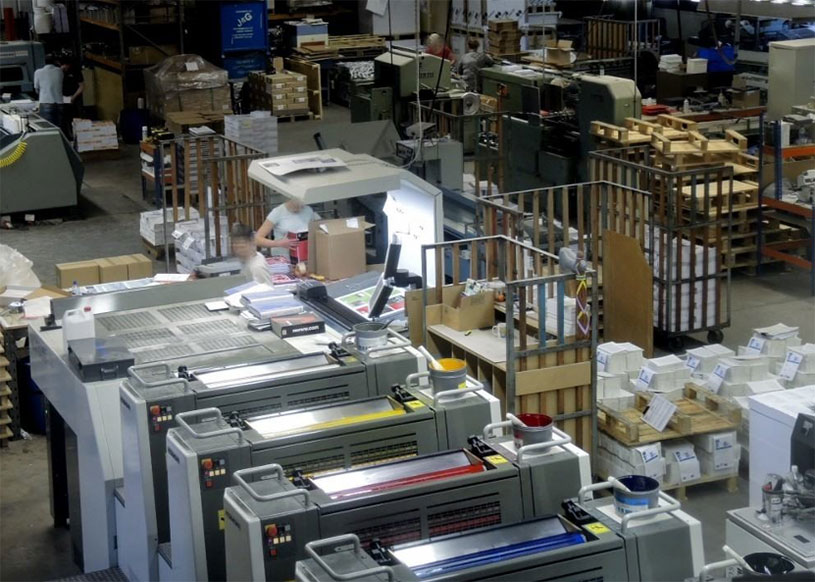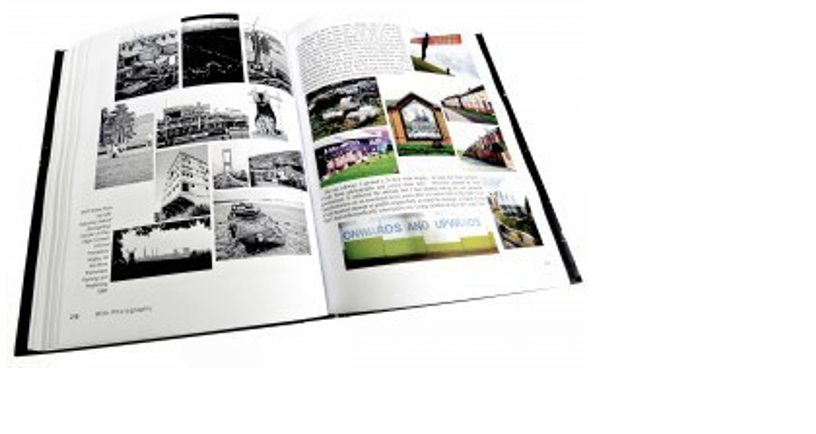Thanks to the many celebrities and members of our royal family who are sharing their own experiences and mental health issues, we are becoming more accepting as a nation to words like: therapy and conditions like PTSD, which is what I have. Her Royal Highness The Duchess of Cambridge is the Patron of the Royal Photographic Society and along with her husband and Prince Harry leads Heads Together which unites eight mental health charities including ‘Mind’.
We are more aware now than ever before of how holding trauma damages our minds and overall mental and physical well-being. To exercise and nurture the mind is fast become as natural to us as it is to exercise and nurture the body. Leaving the door of our mind’s unlocked and open at a time when we are physically isolated away from those people and places we love along with the fear of the unknown, could only be helpful. Photographers have the very tool at their fingertips to help them do that. In 2004 having undertaken a survey of 70 photographers around the world who responded mainly to an article in Amateur Photographer I collated the results, subsequently writing about the powerful use of photography for the photographer for my dissertation, which lead on to my series of With Photography books.
My way to be of help was to lead by example. The process is ingrained in me and there was no planning involved to start off with; I was just following my own path, which I very soon realised was at the same stage more or less as everyone else, no matter who or where we were in the world. The only common factor is that we are all women. I am not the only one who knows how they themselves have reacted to trauma in the past and of course I too felt fear, but I knew another stage was around the corner and had an expectation of what that might be.
Starting the post on the hoof; not thinking much about it other than that I wanted to help people to concentrate on where they were at the moment: to not panic or feel despair and so desperate that they lost sight of the bigger picture. Unfortunately, we didn’t really like the bigger picture and so patience was required. By reaching out I could encourage people to concentrate on the things around us that we take for granted; the very things that can ground us.
These was that very first post on the 17 March:
One photograph a day. Post the day and your photo in the comments below… Just for fun. The goal is just to be cheery, to be positive, to give us something else to do; for us to focus on. To not be alone!!!! No doom or gloom please. Nothing to do with anything happening out there in THE real world, just in YOURS. Come on peeps. It’ll make me smile. And I’ll try to make you smile too. I’ll start us off with my ‘Dancing Dove!’ 🎶 🎶 The photograph a mere mobile phone snap taken that day, having already started lockdown myself 10 days previously, just a few hundred yards from my house.
Nature was one of many things that would remain accessible to us in some form or other (even if just from the top story of an apartment block). The flora and fauna along with static and inanimate objects (like buildings, including the inside of our houses) anything without the emotional response to the virus (and that make us human) would be a good target for us to concentrate on giving us a way to escape from what was happening in the world; giving us relief from the fear of overload, they could help keep us grounded. There was a necessity to make the things in our shrinking world interesting and while many may not have difficulty in doing that, others were challenged – needing the excitement of exotic holidays or snow-capped mountains to awaken and excite their photographic creativity. Its not a criticism just an observation and those people were accommodated by my having no rules to our posts and my encouraging them to seek out past photographs, taken from those more unusual environments. They were then of course of great interest to everyone in the group too, thereby introducing another type of therapy that is of benefit with photography – the looking at a photograph that allows us to feel… happy, sad… whatever… but also to explore our own emotions or indeed the emotions of others.
Similarly, one lady was unable to pick up a camera perhaps because of anxiety; raw fear which gave her the paralysis felt when in the midst of trauma. Although often prompted by my daily conversation starter, the process of looking back to the previous reality would help keep us grounded too. And at this stage, before reaching acceptance, we needed hope. My dancing heron – is one that does that for me – taken last August in Hayling Island, I wrote the accompanying haiku on the day of sharing it in a post:
Disturbed, but ready,
she will spread triumphant wings
full of joy and dance.
It was often the family album that provided easy access to photographs that then gave us a sense of belonging within the family and their own Conversation Starters. Our family’s equivalent to the album was a big brown box that my mother delved into to take our minds of a poorly tummy or runny nose and I did the same with her, to take her mind off her illness through the last few months of her life. We talked about the occasions photographed and the people depicted and I taped those conversations, which I can now listen to without sadness. Over the weeks of daily posts we saw an increase in photographs of family members appearing. My own being included on two occasion – a humoroush photo of my Gt Aunt Nell – the first English woman to fly over the Swiss Alps – in her flying suit in the 1930s and a memorial photograph, of my mother and father on VE Day.
Seeking our the minutae of the tiniest of plants or the capture of a bird in flight that we are very used to seeing, so much so that we have started to take no further notice, can increase our awareness generally – making us more visually aware. A restriction that could have impacted on us negatively, by accentuating that the virus had taken away our freedom became a positive, and greatly helped our photography in the process. By marvelling at the simplest of things – the honey bee with legs laden with pollen – the colour of the bluebells and so on, we encourage positive feelings of just how lucky we are to be alive. How wonderous even an unfurling fern can be (something I also concentrated on myself). Working with a group like SheClickers from around the world, our mundane became intriguing to others as did theirs to us and we saw it with new eyes. The beauty of the hummingbird, captured from the gardens where they are not a rarity, is a stunning example, and by conversing with the poster (something I encouraged everybody to do) I learnt that they can be tame… I learnt a lot from SheClickers both photographically and about their worlds as I am sure everybody else did and it has been inspiring. Only yesterday (in month 3) a lady wrote that she had been so inspired by the posts that she had her long-damaged camera mended in order to take photographs of the birds at her feeders and was stunned to see a Hawfinch there that she had never seen before, when she had little time to look at it – moreover, I suspect she may not have been open to ’seeing it’. Another commented that the feeling of togetherness at a time of isolation was something that she had not expected.
I think I can talk for most of us in saying that we have more appreciation of our immediate surroundings and gained time. Although, I am not the only one that has rarely been as busy in recent years. Photographic practice and writing, mainly for the posts and in reply to comments made, took up a good deal of my day along with attending to my garden, which as a result of my studying it, exploring it and documenting it has become a sanctuary. Limited in our activities, who we saw, where we went and just about everything that was our habit changed as we went behind closed doors. We created new rituals to follow and I choose that word carefully.
To counteract the lack of control of sleeping badly at night, dreaming and sporadically being up at all hours – yet rarely at the same time, but when we were that became an occasion punctuated with a cup of tea and a digestive biscuit! We did indeed find ourselves almost religiously following more of a ritual than a habit. Breakfast, lunch, teatime, pre evening drinks and supper were gratefully received offerings having worried for days about how we would access food and drink, in particular nutritious food that would keep our immune system healthy. The highlight and break of our routine – the festival, as it were – was the receiving of shopping. The delivery, an achievement to be celebrated with the actual food and drink, which we revered!
Most of us punctuated our days with moments of Serenity. SheClickers wrote of finding their own calm and peace, often accompanied by a photograph of a favourite place that were previously where these feelings were felt. The feelings transported into the reality of wherever they were looking at the photograph. Others appeared to be discovering that we could rely on ourselves and not the place to give us that inner calm. Losing themselves in the hunt for that photograph in their garden, or playing with ICM on their cameras.
I was led to great lengths to photographs small birds without the intrusion of squirrels. To suspend a feeder from a very high branch (8m in fact) meant dusting off the lacrosse stick to launch a weighted ball with string over the branch, to then pull a wire. It worked and after many days and hours I succeeded in taking this photograph which headed up my ‘Onwards and Upwards’ Conversation Starter on 6 May, my attempt to be uplifting after a heavy two days since we first learned the stark reality of what social distancing might mean; that it was here to stay for a while. Ironically my attempts were doubly successful because eventually I got the best photograph I have ever taken of a squirrel… as it returned from a thwarted attempt to climb down the wire! It coincided with my own feeling of complete acceptance, under the Conversation Starter ‘If you can’t beat them, join them’ on 22 May.
SheClickers honed in on aspects that had been on their to do list for a long time – photographing flowers on a light box for example. As a group within a group we pulled together and gave ideas to those that, at the time when unnecessary shopping was not being encouraged, wanted to make a light box (using a light source, suspended over a piece of glass with greaseproof paper was my suggestion). One post on ‘Improvisation’ was taken up completely by my setting up a mini photoshoot using a dishwasher as another kind of lightbox. It makes me smile to think of it. My subject was a ‘Big Ears’ ornament from my childhood, which was not even 2 inches high.
The first posts were aimed at encouraging people to stay in the moment (the good one that was to be found around them); to distract from the moment (the bad one of the virus) in order to survive as best we could by suppressing the fear and confusion that we were all feeling at varying levels and, although we didn’t speak of it in the posts at the time, many felt there was a complacency (meerkat photograph) by those directing us. Observing the minutae encouraged a connecting with the reality to reach, at first, a level of escapism. Our world had turned topsy turvy and to encourage the creation of order we turned to documenting what was around us. Because our minds were able to eventually settle (hopefully in the long term also helping to reduce the impact of the trauma to the level that we would have felt otherwise) we have been able to think more rationally and reached a level of understanding – even if that understanding is having to accept that there would be little understanding until much much later on – once everyone has finished blaming and arguing about it, which has just started (on 25 May). That is a state of mind that in itself can be as damaging and exhausting.
With photography and with a camera we had the tools to take control (the only control that was open to us) and generally we have found it a little bit easier to take responsibility and coverage of showing Bournemouth Beach this bank holiday – with heaving focus-stacked crowds (purposefully taken with a very long lens from a long way away); fuelling bitterness on social media even amongst my friends. Yes, people are visiting the beach but I saw with my own eyes and camera that, contrary to what the BBC wanted to portray, the groups were small and were social distancing. Presumably they were households (or meeting one other person, which is allowed now) and keeping a good 2m away from each other. I believe that people are generally accepting the need to be playing by the rules, even though nobody really knows whether the rules we have been given to follow are the right ones. With acceptance we can let go of anger and see a way out, of sorts, which gives us hope. The new normality is here for the foreseeable future.
Several SheClickers have written to thank me, saying they will miss the daily posts. Approaching the lifting of lockdown at the end of this month is a natural finishing point and I can leave them now knowing that part of the photographers experience of lockdown will include the positivity of the daily posts. The photographs themselves hold a layer of meaning of emotions felt during the happier experience of photographing or looking at their archival photographs from before which will surely help to counteract the stark reality, the negativity and trauma of real life – which, let’s face it doesn’t feel real at all!
It has been a fantastic community project that has seen us beyond those first few weeks when we all had to come to terms with an invasion that was more intrusive on some levels that any in living memory. Even in the wars the actual community in which you lived with family or who lived nearby were not out of bounds. I know I have also felt similar emotions to those my parents must have felt when they were involved in the Second World War (my father as a Japanese POW and my mother driving lorries for D Day in the ATS), which was far worse of course: with no contact, separation, disease, death and destruction. In some ways I have felt that I have been able to have that unspoken conversation with them, to finally have some idea of what it was like for them. We must be truly grateful that we live in the Information Era; we have been able to keep in touch and make new friends globally who have been able to support us by just being there, with no considered intent. With Photography we have been able to share and understand each other on a level that may well be unknown to some, because our photographs are always documenting something, saying something, about us and the environment we have felt compelled to capture. Impromptu at the start, with no idea that it would continue for so long – nearly 3 months in all – never say never, I may do it again one day, hopefully not for the same reasons though.
Sally Hedges Greenwood ARPS
